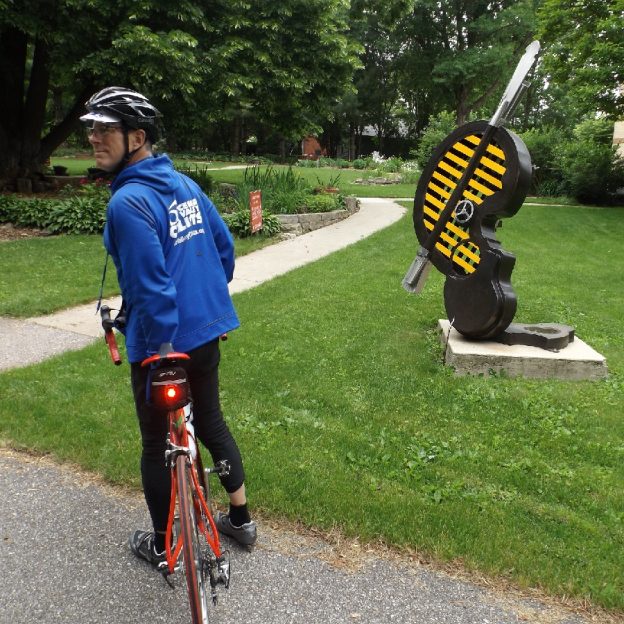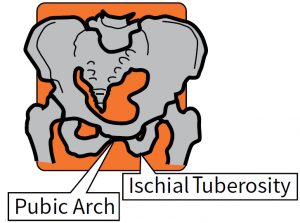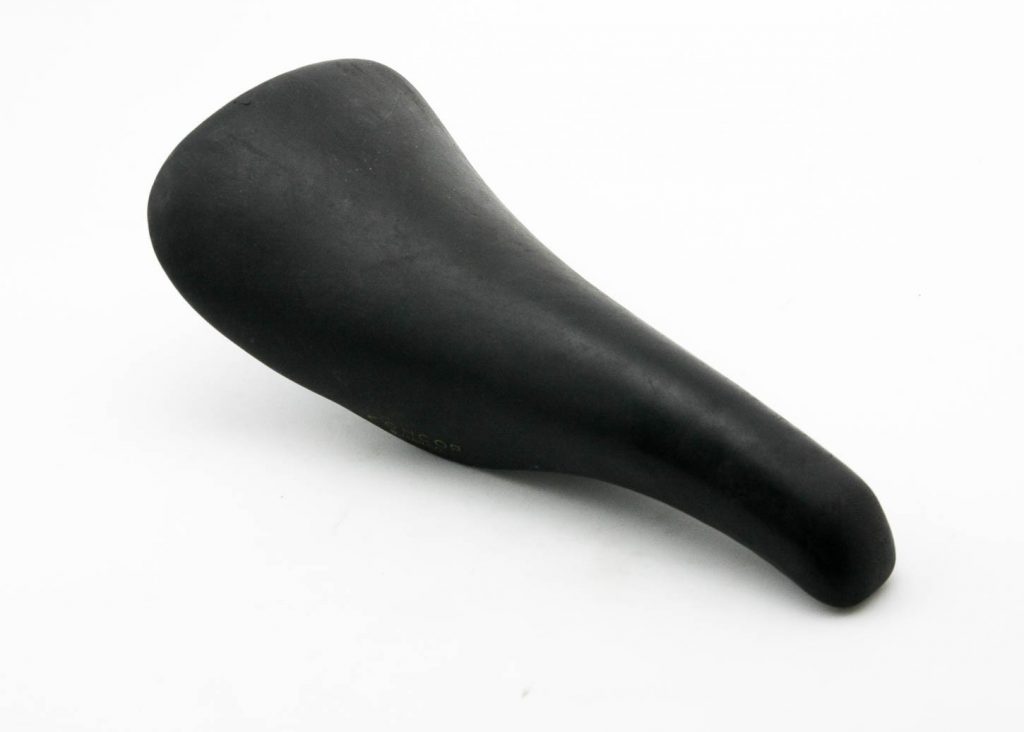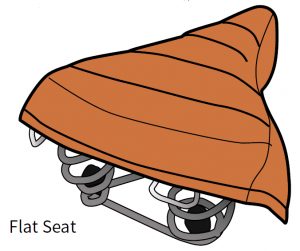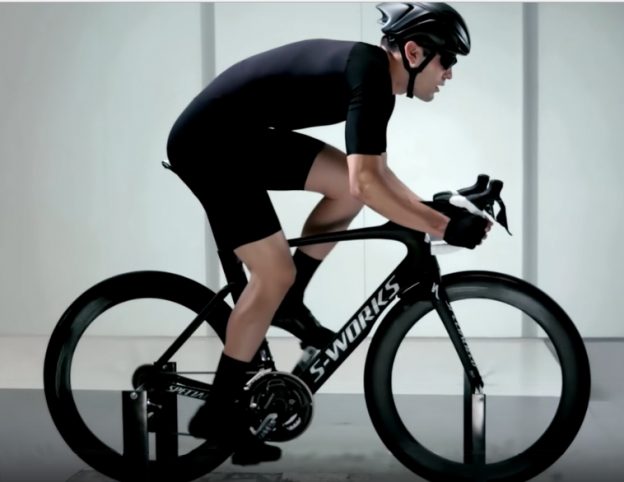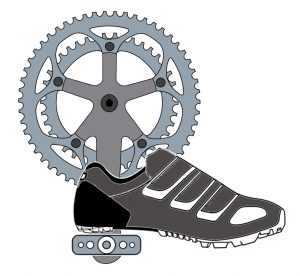John Brown, HaveFunBiking
The right bike seat is essential to enjoying your next bike ride. Finding the right one that allows you to spend more time on your bike comfortably can be easy with the following tips!
Find Your fit with the right bike seat
Before you get too far into determining what the right bike seat for you is, make sure your bicycle fits properly. Having a professional ensure your fit is correct, or checking it yourself (Bike fit) will make the process of finding the right seat a lot easier.
Bigger isn’t Always Better
A bigger saddle is not always more comfortable. In fact, a saddle’s shape determines more of the saddles comfort than the size. With that being said, the ideal saddle shape depends on where a pelvis contacts the saddle. Typically, riders sit on either their sit bones (Ischial Tuberosity) or pubic arch (see diagram).
– Sit Bones
Your sit bones are the pointy ends on the bottom of your pelvis. They are situated just below your gluteal muscles while riding. If you have an upright seating position, your pelvis is positioned so that your weight is placed on those sit bones. For a sit bone rider, a saddle with a flat profile from left to right typically ends up being more comfortable.
– Pubic Arch
Riders who lean forward toward the bars and rotate their hips forward usually rest on their pubic arch. For these riders, a saddle that is curved from right to left offer a more comfortable perch on which to sit.
How do You Tell the Difference??
The easiest way to figure out which saddle might work for you is to view the saddle from behind (if it were on the bike you could look down the length of the saddle and see the handlebar). Is the saddle shaped in a constant curve from right to left, with no flat sections, or flat? (see pictures)
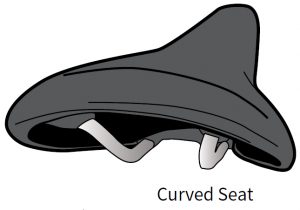
More Shapes
Saddles will also have other shapes that contribute to the comfort. Lots of saddles will have holes or depressions down the center of them. These shapes are designed to relieve pressure on areas with both nerve clusters and sensitive arteries. For some riders, these shapes make all the difference, while for others, there is no difference.
Time for a Test Drive
Once you find a few saddles that match your riding position, try them out. Most local bike shops offer some sort of service for saddle fitting to help you out. Install the saddle on your bike for a test and focus on how it feels. It’s a good sign if you can rest in one spot comfortably. Keep in mind, although the new saddle may feel unfamiliar, you should feel evenly supported without any one localized point of pressure. If you find yourself shifting around frequently to find a good spot, that saddle probably doesn’t fit too well.
